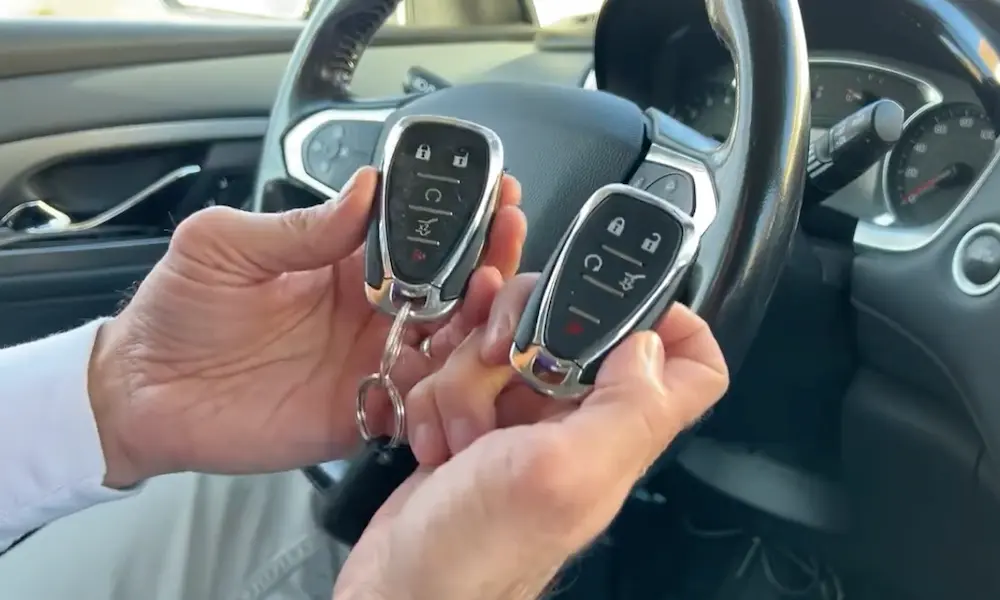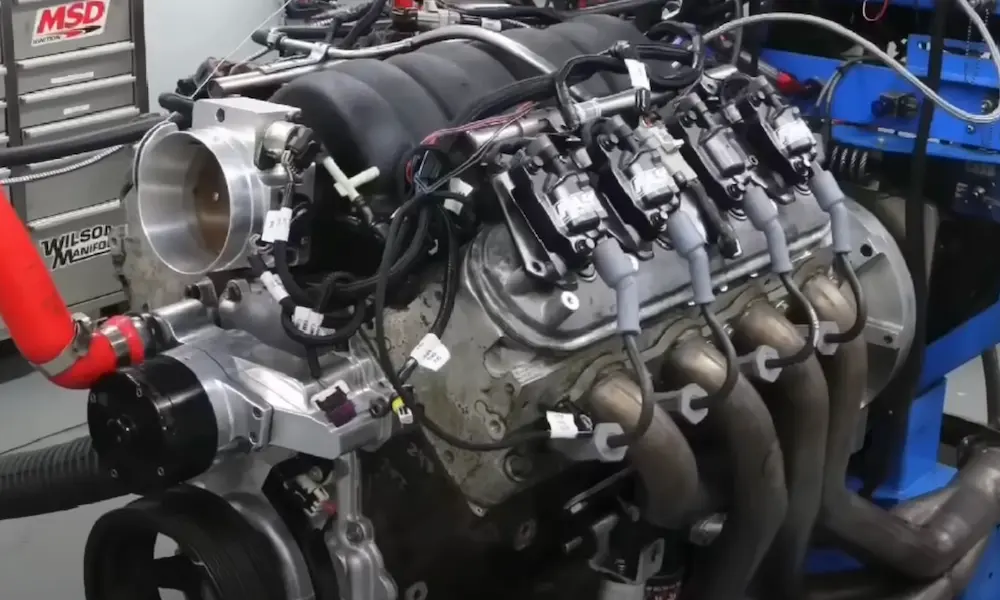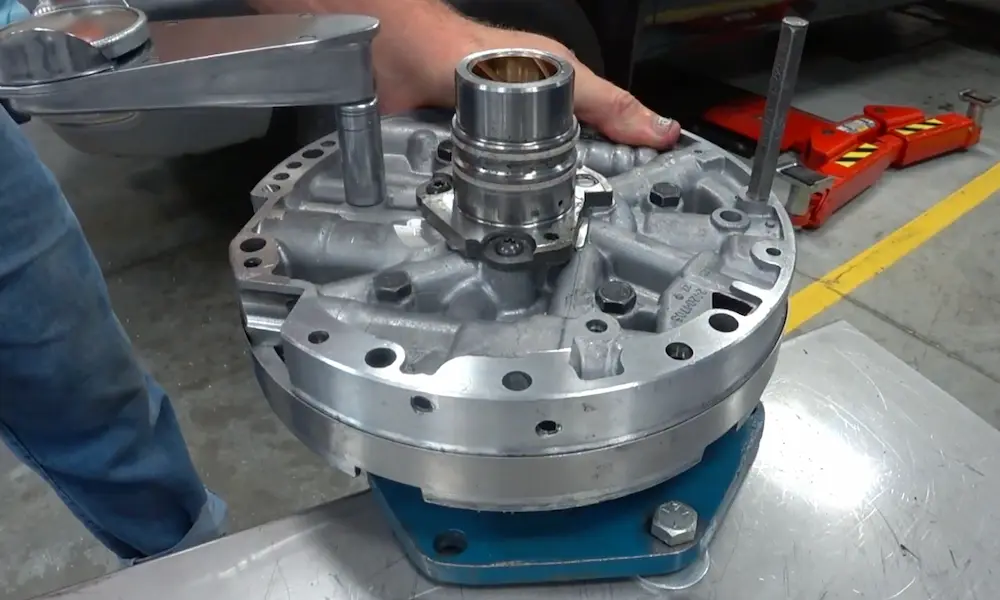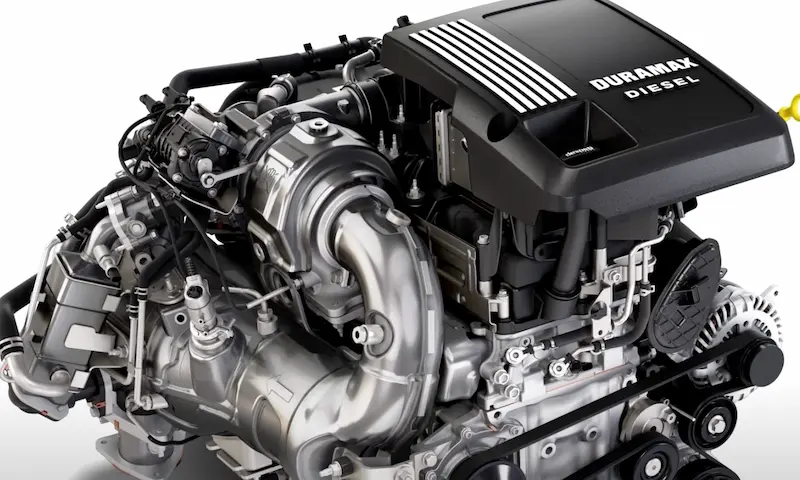Driving along the highway, you pulled over to receive a call. As you restarted the engine and tried to engage the gear, it shifted very hard. Immediately, the pedal slammed into each gear, causing difficulty in transmission. Luckily, you removed the battery and did some system reset and it worked. Sadly, after a week, the issue returned with a message popping up on the dash. There you go!
Do you fear your transmission may need to be replaced? Maybe. Maybe not, but we’ll find out shortly. Truth is, there’s a lot you can’t just wrap your head around when it comes to automobile issues. Having a Shift Inhibited Select N to Reset can be one of those aching problems car owners face.
What does this warning mean and how can it be resolved without worry or having to break the bank? Surely, from the word ‘Shift inhibited’, you can guess, and rightly so, that the issue is concerned with the transmission.
But let’s break it down so you understand the severity of the hypothetical scenario I’ve cynically painted above.
What Does “Shift Inhibited Select N To Reset” Mean?
This generic message often appears in various models of vehicles with automatic transmissions. Each time the transmission faces any issue that could cause potential damage or affect your driving conditions, it enters a protective mode to prevent further damage. Thus, the message appears to alert you that there is a problem with the transmission system, which is preventing it from shifting gears normally.
The message comes with a kind suggestion that you should take a break and hit the N (Neutral) button on your gear selector, just to keep things cool. Simply put the transmission in Neutral, as this will temporarily disconnect it from the engine’s power.
In effect, it will interrupt the current gear and prepare the TCM (Transmission Control Module) for reset. This measure is necessary to prevent further problems in the transmission.
Causes of “Shift Inhibited Select N To Reset” message
There can be various potential causes of this issue:
Sensor detecting an abnormal condition
The operation of the transmission is monitored by a variety of sensors in modern automobiles. To stop additional damage, the “shift inhibited” alert can be activated if one of these sensors notices a problem such as overheating, low fluid pressure, or irregular RPM.
Fluid level issue
With no fluid in the valve body, the valves cannot stroke and ground out the switches and the TCM gets no feedback that the gear command was followed through. Communication becomes lost and the Shift Inhibited warning follows.
Mechanical problems within the transmission
This could refer to physical damage or wear and tear within the transmission, such as a damaged clutch, broken gears, or worn-out bearings. These issues can lead to difficulty shifting gears.
Transmission oil leakage
If the wiring harness has transmission oil leaking from it, it can trigger the shift inhibited message. Don’t forget, that transmission fluid must be at a certain level and once the fluid drops down lower than normal, shifting may become an issue.
Guide Discs
The guide disc is a part of the transmission system that helps guide the gears into place during shifting. If this disc is scraped or misaligned, it can hinder the smooth engagement of gears, causing shifting problems.
TCM
The issue can be caused by the transmission control module (TCM) harness rubbing against a bracket, resulting in a short circuit that triggers the “shift inhibited” warning.
However, it’s important to note that this message should not be ignored, as it indicates an underlying issue that should be addressed. How then can you reset the transmission?
Try this Method to Reset the “Shift Inhibited, Select N to Reset” Message
Always keep in mind that working on a transmission system might be complicated, therefore it’s essential to have the required technical know-how and tools. You will need to identify and fix the fundamental problems causing the shift inhibited message before you can reset this message in your Allison.
- Bring the car to a complete stop.
- As the vehicle suggests, select Neutral.
- Utilize a scan tool to look for diagnostic trouble codes. This can provide crucial information about the problem.
- Look for any flaws, corrosion, or loose connections in the wire harness and connectors. Verify that all connections are stable and secure.
- Make sure that the transmission fluid is at the proper level and adheres to the manufacturer’s recommendations. Transmission problems might be brought on by low or polluted fluid levels.
- Verify the different transmission-related sensors, including the pressure, temperature, and speed sensors. Shift inhibition may be triggered by faulty sensors.
- Look for any mechanical issues with the transmission, such as broken gears, linkage problems, or a bad torque converter.
- If the underlying problem has been located and fixed, you can use the diagnostic tool to erase any error codes that have been saved in the TCM.
- Take the car for a test drive after fixing the issue and erasing error codes to make sure the shift inhibition warning has vanished and the transmission shifts easily.
It’s pretty critical that I sound this warning, and it doesn’t matter if you have the skills and tools, or not. Make sure you allow a professional to handle any issue relating to transmission. Things can get trickier and more complicated along the line.
Final Words
The warning message “Shift inhibited, select N to reset” serves to safeguard both you and your car by stopping further transmission damage. As the driver, it instructs you to shift into Neutral to temporarily reset the transmission.
You might be able to change gears normally once more after selecting Neutral and resetting the transmission. To correctly diagnose and resolve the issue, it is advised to obtain assistance from a certified mechanic or service expert if you are not knowledgeable in transmission repair.














